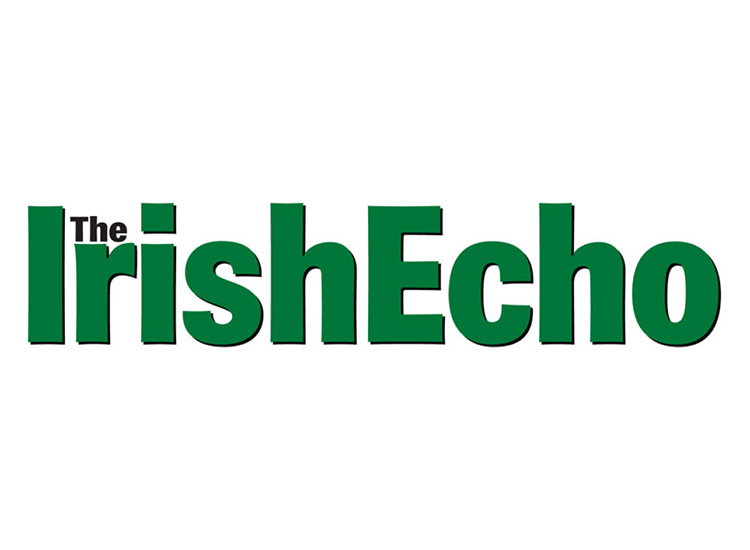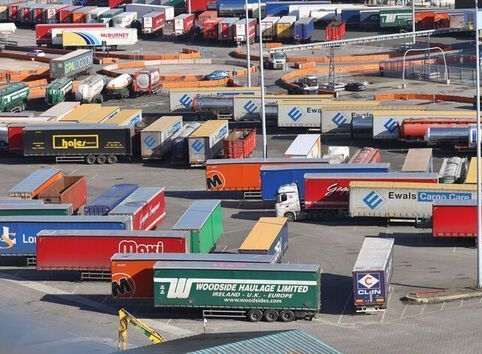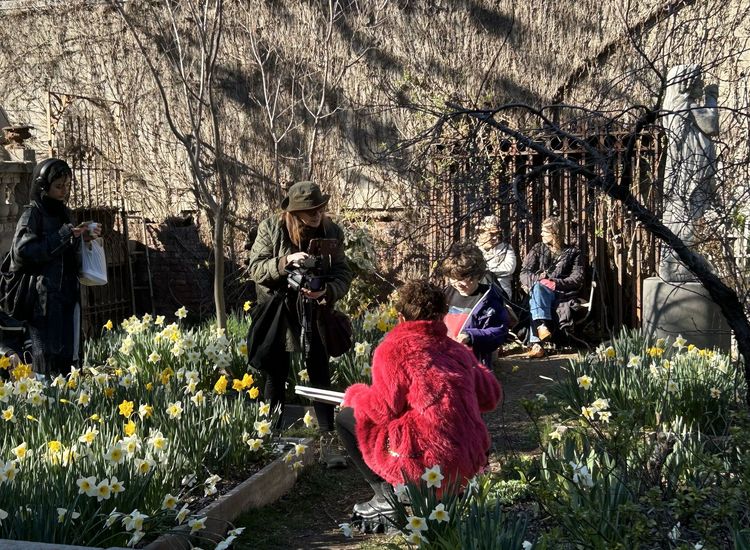Marchers assembled more or less in the area of West 14th Street and Seventh Avenue, wended their way peacefully north to West 34th Street, then looped back downtown to Union Square.
Police estimated the crowd at 250,000 but one former cop, an Irish American and a veteran of the St Patrick's Day parade for many years, said his trained eye saw a showing of perhaps half a million people.
Despite the size of the crowd that stretched for two miles and despite its rowdy rejection of President Bush, arrests numbered about 300 in total, a fraction of what New York City authorities had expected -- and feared.
The colorful parade of protesters, who included Irish-American groups, saw an array of signs, posters and banners attacking and lampooning the president, and a myriad of groups and points of view, from anarchists to Unitarians, but this protest also saw many so-called regular folks, those citizens of New York and elsewhere, exercised for perhaps the first time to come out on the streets.
In such a diverse crowd, there were few unifying themes on display, apart from a rejection of the policies and presidency of George Bush -- and one other. Everywhere in this vast crowd there was a date displayed, not the 9/11 that is the theme of the Republican National Convention, but instead Nov. 2, the date this year when Americans will go to the polls and decide the fate of the both policies and presidency.
" 'Yee-haa' is not a foreign policy," read one poster, referring to the manner in which the Bush administration has taken a unilateral approach to the interests of the U.S. around the world.
"Bush lied, thousands died," was a more common slogan on the route.
Here and there, Bush supporters responded to the marchers with cries of "Kerry for terrorists" and "four more years." The marchers retorted: "three more months."
An Irish contingent marched as well, and found themselves so crowded and tightly packed that it took some time for protesters to unfurl their banner, reading, "We serve neither Bush nor Mobil."
A few Irish tricolors were spotted here and there throughout the march, as few as the signs of support for John Kerry, the Democratic Party candidate for the presidency who finds himself likely to be the anybody-but-Bush candidate.
A watchful police presence remained almost entirely relaxed during the protest. Riot helmets lay at their feet or remained in bags next to the officers.
"It was so crowded, so shoulder-to-shoulder," said Mary Ann Wadden, one of the Irish contingent. "But it was great, it was a great atmosphere."
Said another protestor: "This isn't Chicago '68," he said, referring to the violent protests at the Democratic National Convention then. "There are too many middle-aged people. The only people talking about violence are the media pundits."
As the marchers dispersed, gradually the constant buzz of police helicopters and the Fuji film blimp died away, and the voices raised in protest lulled. There seemed some surprise on the part of the organizers that peace had prevailed.
"I think it wildly exceeded our expectations," said a tired Leslie Cagan, a lead organizer with United for Peace and Justice. "There's a broad cross-section of this country that is deeply opposed to the Bush agenda. That's just the tip of the iceberg. There's something much deeper going on here."
Another protester, a veteran of other similar events, told reporters that she feared that the police would overreact and that there would be trouble. She was pleasantly surprised.
"I was really angry at my country," she said with emotion in her voice. "But right now I really love it."








